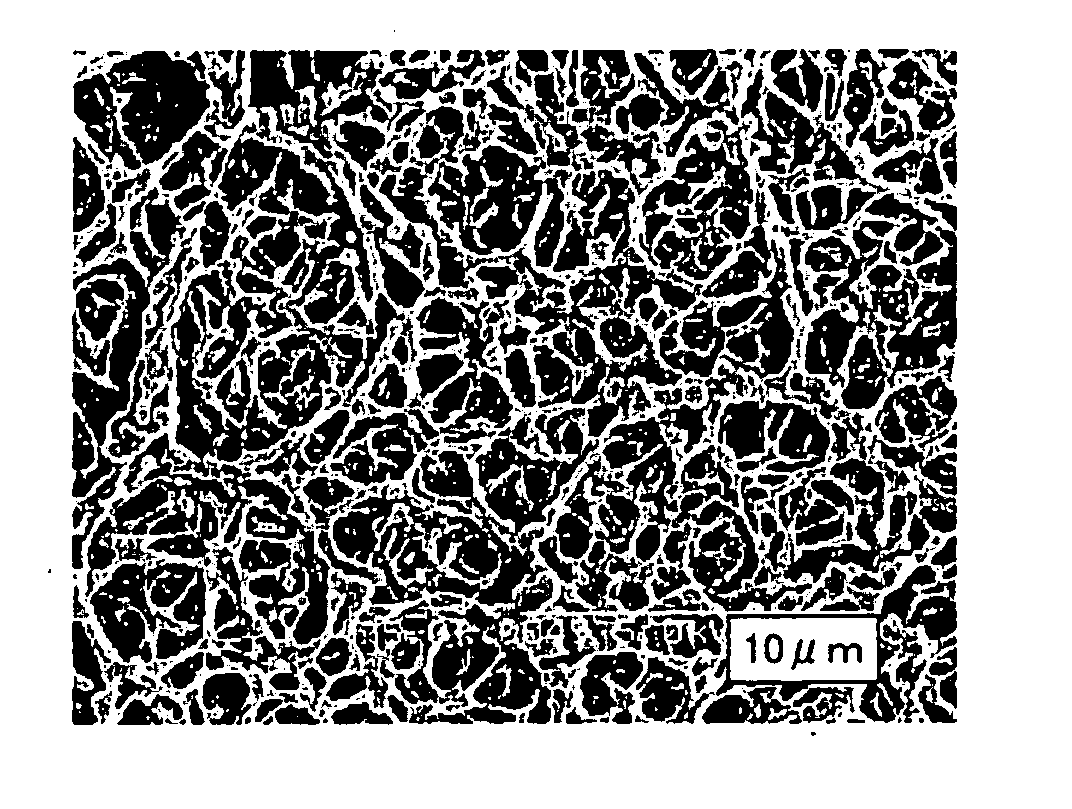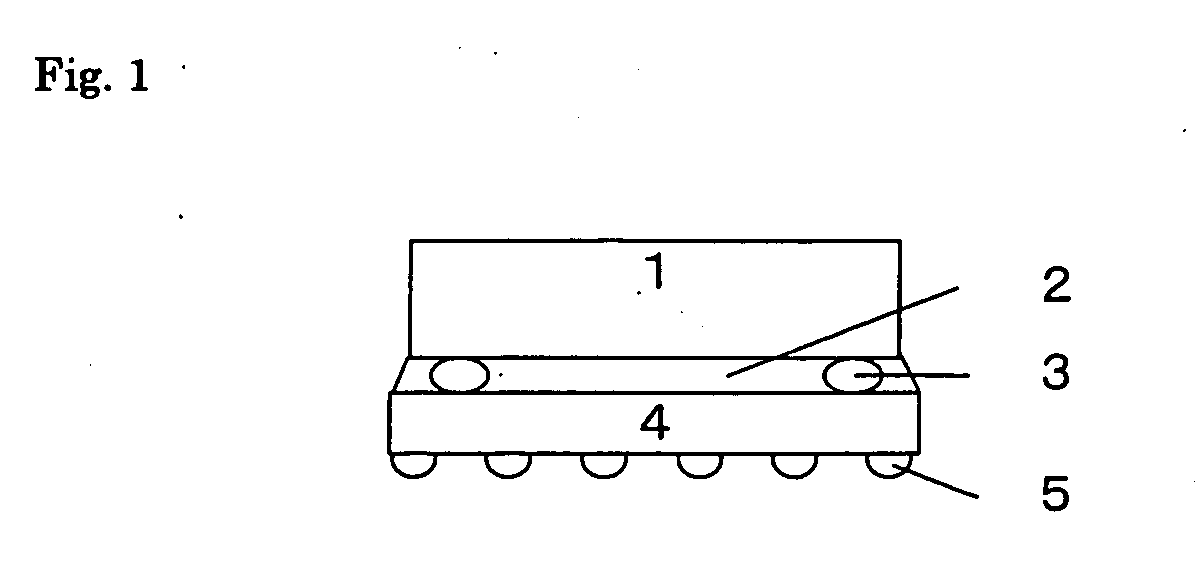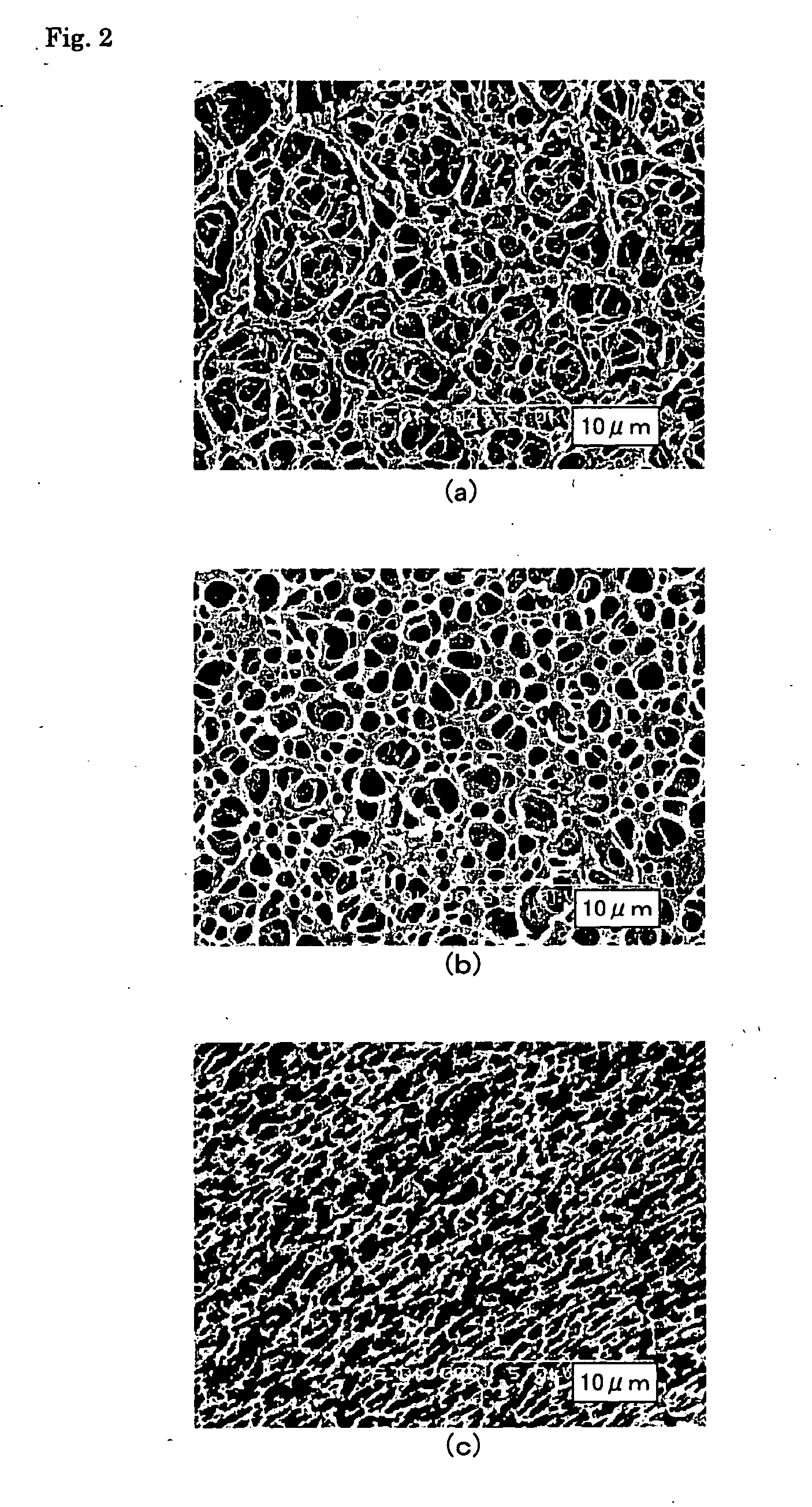Porous membrane of poly(metaphenylene isophthalamide) and process for producing the same
a technology of metaphenylene isophthalamide and porous film, which is applied in the field of porous film composed of poly (metaphenylene isophthalamide) and the production of the same, can solve the problems of poor heat resistance and dimensional change, reduce or lose the function of porous film, and achieve excellent dynamic strength and heat resistance, and the effect of satisfactory substance permeability
- Summary
- Abstract
- Description
- Claims
- Application Information
AI Technical Summary
Benefits of technology
Problems solved by technology
Method used
Image
Examples
example 1
[0127] A porous film was produced under the conditions shown in Table 1, in the following manner.
[0128] The Conex polymer was dissolved in N-methyl-2-pyrrolidone and the poly(metaphenylene isophthalamide) concentration was adjusted to 10 wt %. The dope was cast onto a polypropylene film (rubbed 30 times with a contact pressure of 140 g / cm2) to a thickness of 140 μm. The cast solution layer was then introduced for 5 minutes into a 15° C. coagulating bath comprising 60 wt % N-methyl-2-pyrrolidone and 40 wt % water to obtain a coagulated layer. The coagulated layer was released from the polypropylene film and dipped into a 50° C. water bath for 30 minutes. The coagulated layer was then treated at 120° C. for 30 minutes and subsequently at a temperature of 270° C. for 30 minutes to obtain a poly(metaphenylene isophthalamide) porous film.
[0129] The properties of the porous film are shown in Table 1 and indicate a relatively high surface open area and satisfactory gas permeability. The ...
example 2
[0130] A porous film was produced according to Example 1, under the conditions shown in Table 1.
[0131] The properties of the obtained porous film are shown in Table 1. As in Example 1, the liquid permeability, impregnation and dynamic properties were excellent.
[0132] The epoxy resin impregnation was also good, indicating satisfactory adhesion with copper foil, for use as a prepreg.
example 3
[0133] Exactly the same procedure was carried out as in Example 1 and the cast solution layer was introduced into a coagulating bath to prepare a coagulated layer. The coagulated layer was then released from the polypropylene film, and fixed to a metal frame to prevent shrinkage of the coagulated layer. It was then introduced for 30 minutes into a 65° C. coagulating bath comprising 50 wt % N-methyl-2-pyrrolidone and 50 wt % water. The coagulated layer was removed from the metal frame and dipped in a 50° C. water bath for 30 minutes. Upon completion of dipping, the shrinkage was 9.8% in terms of area ratio. The coagulated layer was then dried at 120° C. for 30 minutes. At this point, the shrinkage was 19% in terms of area ratio. Treatment was then carried out at a temperature of 280° C. for 30 minutes to obtain a porous film.
[0134] The thickness of the obtained porous film was 55 μm, the porosity was 70%, the open area of the front side (the side not contacting the polypropylene fil...
PUM
| Property | Measurement | Unit |
|---|---|---|
| heat shrinkage | aaaaa | aaaaa |
| thickness | aaaaa | aaaaa |
| temperature | aaaaa | aaaaa |
Abstract
Description
Claims
Application Information
 Login to View More
Login to View More - R&D
- Intellectual Property
- Life Sciences
- Materials
- Tech Scout
- Unparalleled Data Quality
- Higher Quality Content
- 60% Fewer Hallucinations
Browse by: Latest US Patents, China's latest patents, Technical Efficacy Thesaurus, Application Domain, Technology Topic, Popular Technical Reports.
© 2025 PatSnap. All rights reserved.Legal|Privacy policy|Modern Slavery Act Transparency Statement|Sitemap|About US| Contact US: help@patsnap.com



